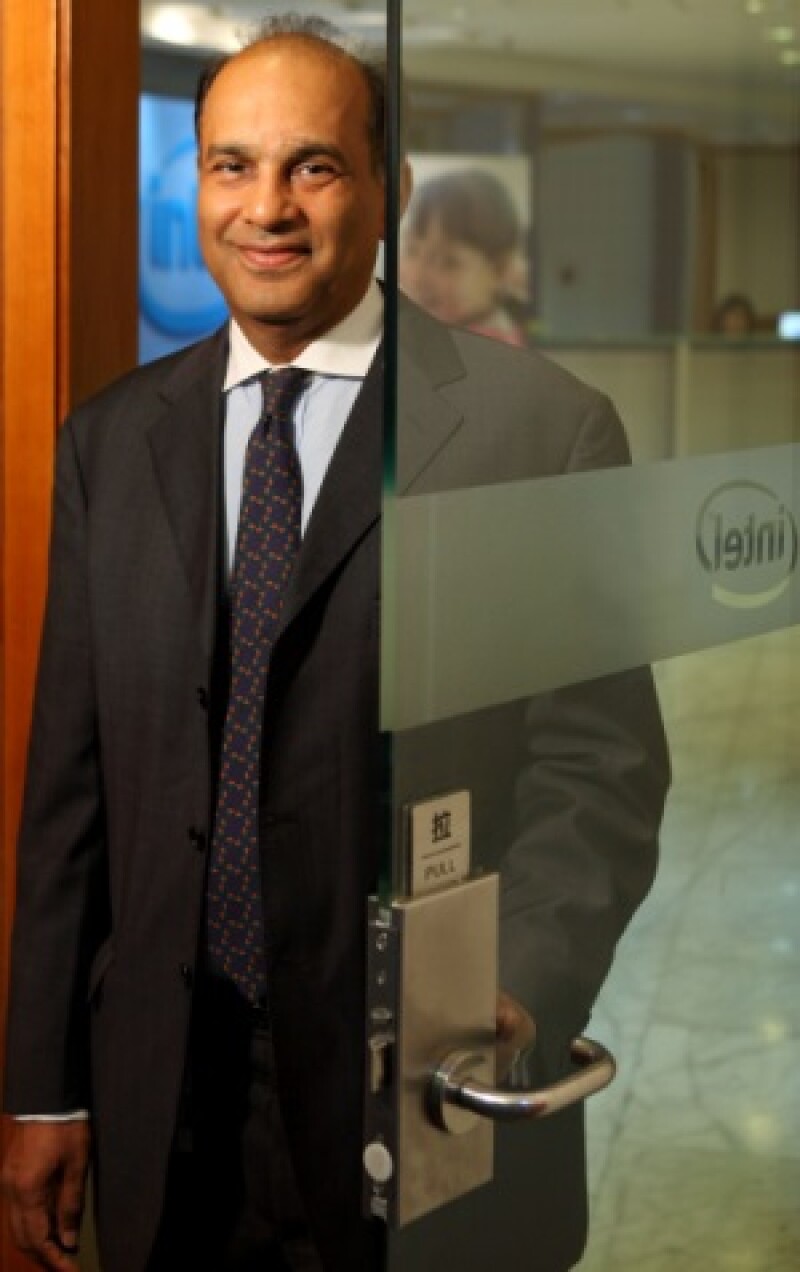
|
Arvind Sodhani, president of Intel Capital |
Venture capitalists invested $48.3 billion in 4,356 deals last year, up 61% in dollar terms on 2013, according to research by PwC and the National Venture Capital Association. And $11.9 billion of this investment was targeted at internet-specific companies, a 68% increase on the year before and 25% of all venture capital dollars in 2014.
“There has been an influx of private equity investors at a level we’ve not seen previously,” observed Mark McCaffrey, global software leader and technology partner at PwC, when the research was published in January.
“As a result, entrepreneurial companies are capable of disrupting entire industries and leveraging investment dollars to expand to the global markets.”
The sheer volume of money now targeted at early stage tech investing is staggering, and these investments dominate the venture capital space.
Research by venture capital and angel investment research firm CB Insights suggests Intel Capital – the strategic investing arm of Intel Corporation – has realized the highest number of M&A or IPO exits of any investor in the market since 2009, followed by Cisco Investments and Motorola Solutions Venture Capital.
Some 91% of Intel Capital exits were through M&A and 9% through an IPO.
Arvind Sodhani, president of Intel Capital, is a veteran of the industry and talks to Euromoney about the extent to which new investors are now pouring money into these firms.
“There is capital out there that has never before done VC investing,” he says. “It is driving valuations super high in the expectation they’ll easily find the next WhatsApp or LinkedIn. Valuations are being driven by capital that doesn’t understand VC.”
The recent IPO of activity-tracker maker Fitbit goes some way towards explaining the frenzy of activity. The VC-backed firm priced its IPO at $20 a share on Wednesday but just four days later shares opened 52% higher at $30.40 per share. Venture capital firms Foundry Group and True Ventures held just over 50% of Fitbit’s shares ahead of the IPO.
According to data provider Preqin, 334 venture capital funds were launched in 2014, of which 179 were tech-focused and raised an aggregate capital of $25 billion.
|
You can do everything in the cloud and you Arvind Sodhani, Intel Capital |
So far in 2015, 87 tech-focused funds have been launched, raising an aggregate $15.1 billion. The largest tech-focused funds raised between 2006 and 2015 include the $2.8 billion Invention Investment Fund II, managed by Intellectual Ventures, and New Enterprise Associates’ 15 Fund, also $2.8 billion in size.
Corporate venture capital arms such as SAP Ventures, Google Ventures, Siemens Venture Capital and Comcast Ventures are now being joined by other firms keen to tap into the tech VC opportunity.
In late May, Airbus Group announced the establishment of its corporate venture capital fund Airbus Group Ventures, with an initial commitment of $150 million to invest in disruptive and innovative opportunities globally. It hired Tim Dombrowski from venture capital firm Andreessen Horowitz to run the fund.
Intel Capital has invested more than $11 billion in 1,400 companies since it was founded in 1991. It invested $359 million in 125 deals last year.
“Virtually every large corporate has a VC investing arm now,” Sodhani observes. “But you have to be realistic and make sure you aren’t chasing the last great idea.
“You need a realistic valuation, the right management team and your ideas need to have a realistic chance of success. You need to ask, what is the end product? Does it have a network effect, or is it a service business that will not have virality?”
Dramatic fall
Intel Capital now sees roughly 1,000 opportunities a year, and invests in firms that range from wearables and the ‘internet of things’ to big data analytics. It is the largest tech venture investor globally and claims to see virtually every start-up in the sector, even as the number of new opportunities soars.
“The cost of a start-up has fallen very dramatically,” Sodhani points out. “You can do everything in the cloud and you don’t need a big IT infrastructure spend.”
Indeed, he sees the development of the cloud as of huge significance to his business, adding: “This transition of enterprise IT to the cloud is perhaps a $1 trillion opportunity. A lot of our portfolio is focused on this.”
The opportunity will, however, be tougher to realize in financial services than in other sectors.
“Disruption in financial services is harder and takes longer because the industry is highly regulated,” says Sodhani. “But financial intermediation will get disrupted – you don’t need bricks and mortar infrastructure any more. The current payments system is convoluted and needs to be simplified and made unidirectional.”
Despite the buzz around IPOs such as Fitbit, Sodhani reiterates the need for VC investors to understand the risks of overheated valuations in the current environment.
“If you get overvalued and you don’t produce a good outcome and you end up needing to do a flat or down round, that is a killer – it taints companies,” he warns. “If you get greedy and only take the highest valuation, it can be very painful.”
